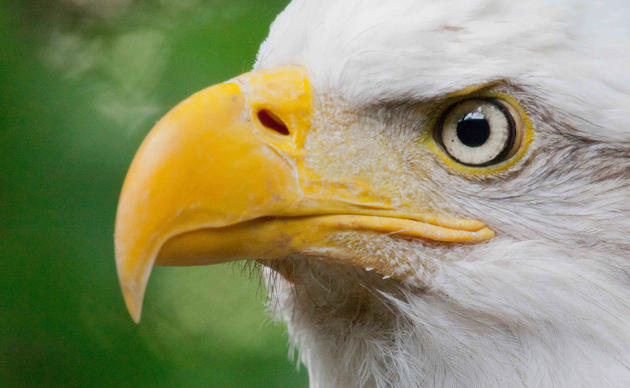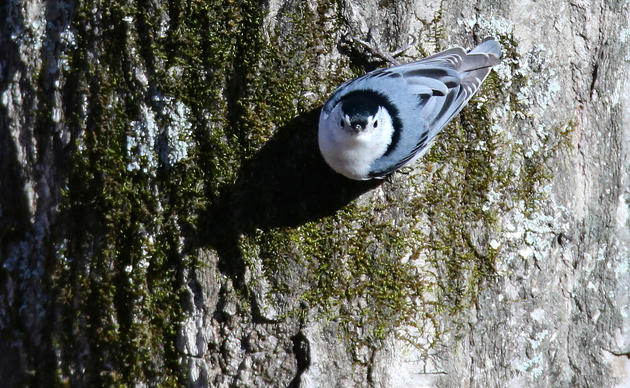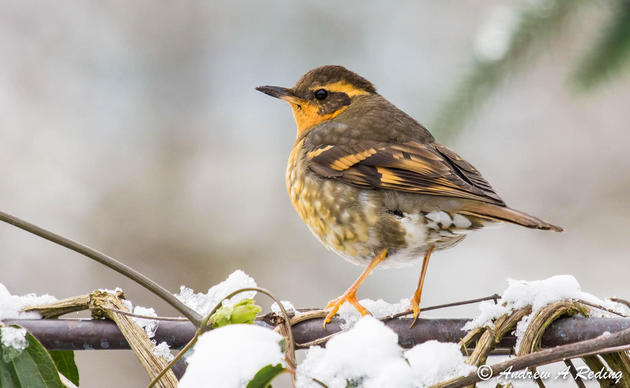Two stakeholder processes focused on landscape level protection and resilience are underway, and Audubon and our local chapters and partners are making significant strides in protecting this under-appreciated landscape and the birds that depend on them.
After six years, 285 volunteers, 14,000 volunteer hours, and 987 individual surveys, Audubon Washington released the final Sagebrush Songbird Survey report findings. This community science project helped build new species distribution models for songbirds that rely on sagebrush habitat, like Sagebrush Sparrows and Sage Thrashers. Designed by Washington Department of Fish and Wildlife (WDFW) and implemented by trained Audubon volunteers, this survey filled a critical science gap and is providing crucial information to inform priority areas for avian and sagebrush ecosystem conservation.
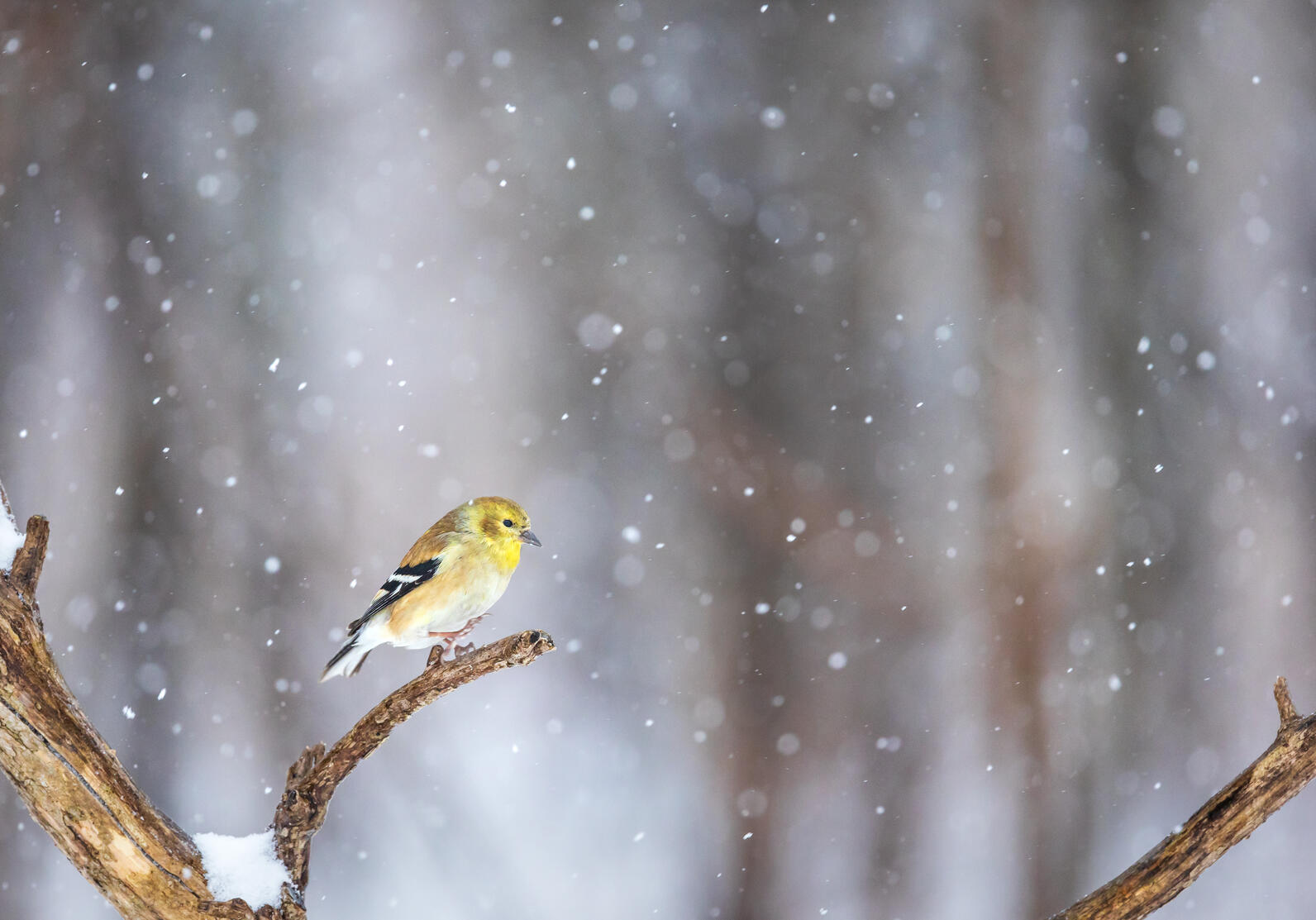
This year, staff developed a Clean Energy Screening Tool to empower chapters to engage on local solar projects, identifying potential conflicts with birds, shrub-steppe habitat, landscape connectivity, and prime agricultural areas. With information on birds and other ecosystem values at our fingertips, members and staff are better prepared to engage with authorities and developers as early in the permitting process as possible and provide targeted input on avoidance, minimization, and mitigation measures.
Audubon’s science and clean energy advocacy continue to prove integral when it comes to ensuring bird and community friendly clean energy projects in the state. This summer, staff toured two of the proposed clean energy project sites: Badger Mountain in east Wenatchee and Horse Heaven Clean Energy in the Tri-cities. We are working closely with local chapters and partners to offer science-based comments for both projects’ upcoming Draft Environmental Impact Statements.
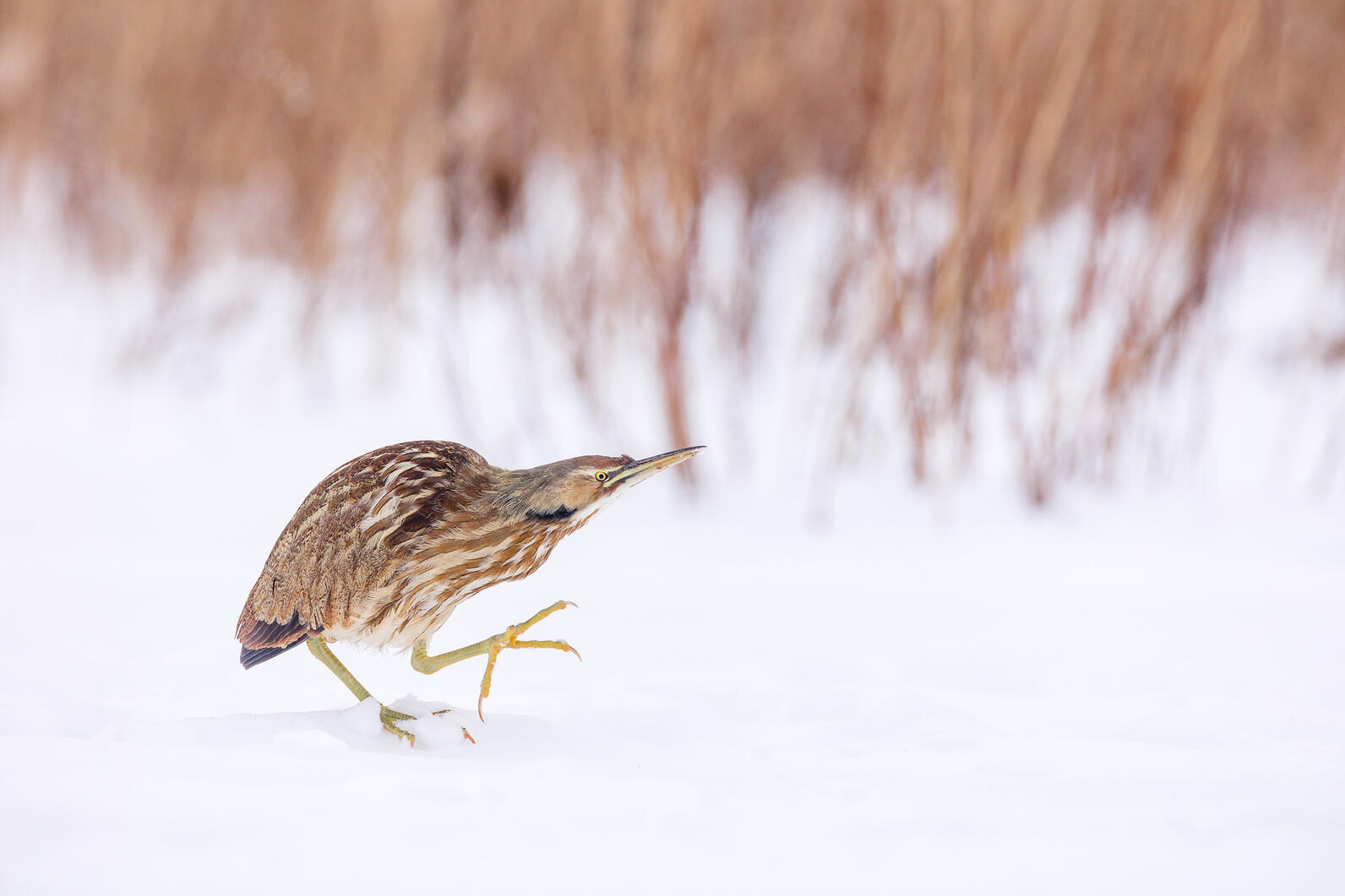
This fall, Audubon Washington— represented by Director of Bird Conservation Trina Bayard—joined the Least-Conflict Solar Siting Project for the Columbia Plateau. This collaborative process, facilitated by Washington State University and the Conservation Biology Institute, invites stakeholders like Audubon to weigh in on the most important species and places for protection, with the goal of identifying least-conflict areas for utility-scale solar development.
Audubon is also a key stakeholder in the Washington Shrub-steppe Restoration and Resilience Initiative (WSSRI), a program Audubon helped secure funding for in the 2021 Washington State Legislature. The initiative is aimed at improving fire resilience and resistance and is led by an agency coalition consisting of WDFW, the Washington State Conservation Commission (SCC), and Washington State Department of Natural Resources (DNR). Audubon is working with WSRRI partners to create a suite of goals and associated actions to promote ecosystem resistance and resilience to fire and support landowner preparedness and response. Our final report will be issued in June 2023.

